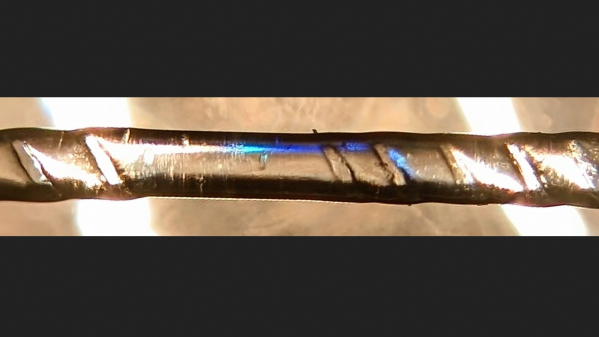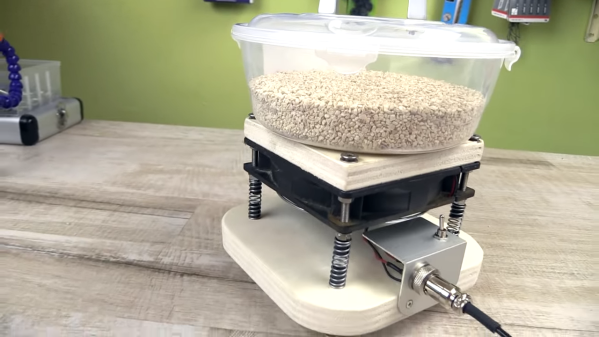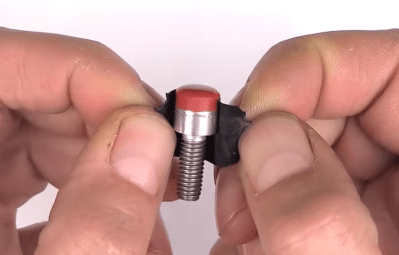Collectively, we have a long-term memory problem. Paper turns to mulch, dyes in optical disks degrade, iron oxides don’t last forever, and flash memories will eventually fade away. So what do you do when you want to write something down and make sure it’s around a couple of thousand years from now? Easy — just use something that even Mother Nature herself has trouble breaking down: plastic.
Specifically, fluoropolymer fishing line, which is what [Nikolay Valentinovich Repnitskiy] uses as a medium in his “Carbon Record” project. There’s not a lot of information in the repository, but the basic idea is to encode characters by nicking the fishing line along its length. The encoder is simple enough; a spool of fresh line is fed into a machine where a solenoid drives a sharpened bolt against the filament. This leaves a series of nicks that encode the ones and zeros of 255 ASCII characters. It looks like [Nikolay] went through a couple of prototypes before settling on the solenoid; an earlier version used a brushed motor to drive the encoder, but the short, rapid movements proved too much for the motor to handle. We’ve included a video below that shows the device encoding some text; sounds a little like Morse to us.
There seems to be a lot more going on with this device than the repo lets on; we’d love to know what the big heat sink on top is doing, for instance. Hopefully we’ll get more details, including how [Nikolay] intends to decode the dents. Or perhaps that’s an exercise best left to whoever finds these messages a few millennia hence.














